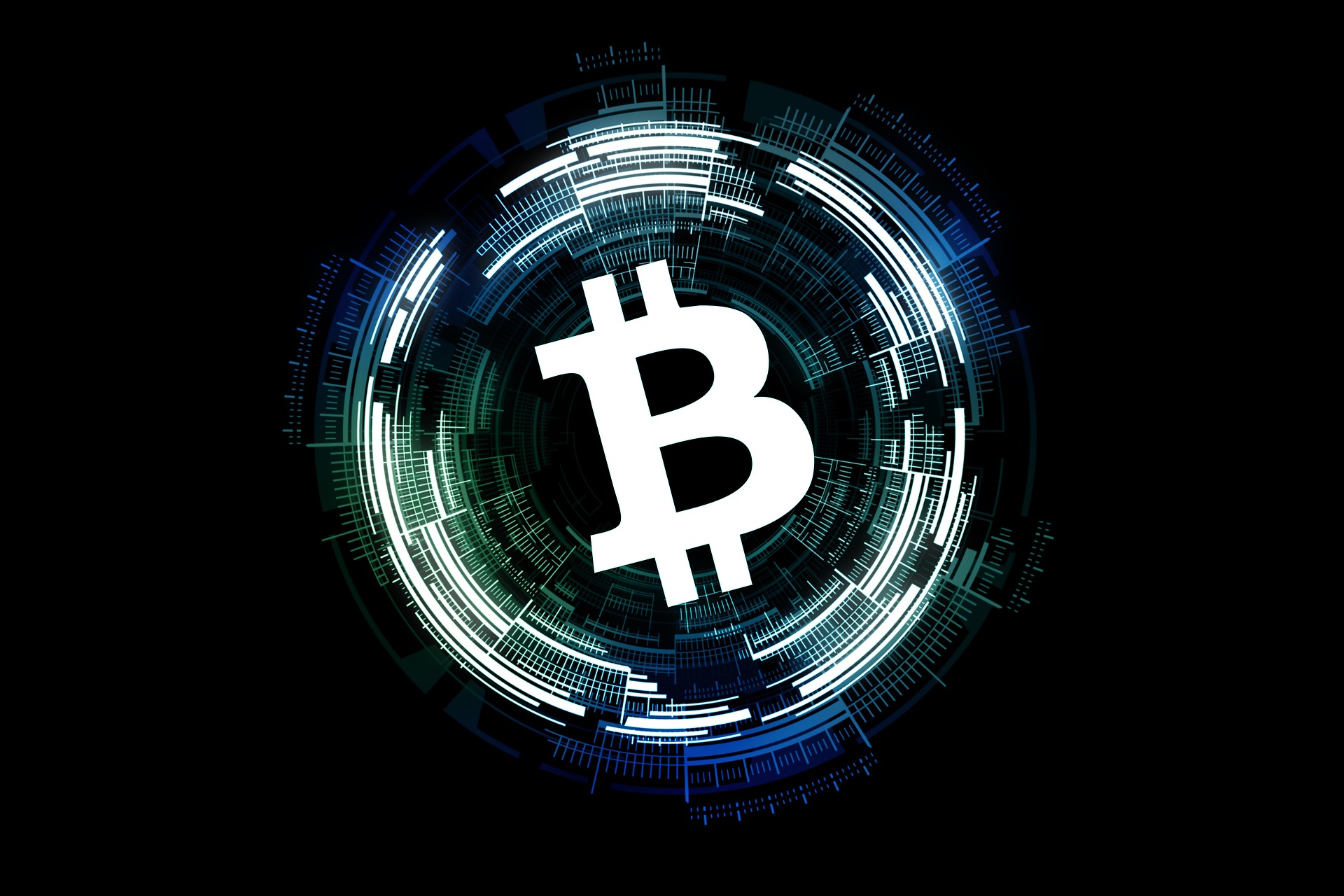In the digital age, financial sovereignty has become a central theme for individuals seeking control over their financial assets. Bitcoin, the first decentralized digital currency, emerged as a revolutionary technology offering a unique proposition: “Own Your Own Money.” This concept is not just a tagline but a fundamental shift in how we perceive and interact with money. This article delves into the implications of Bitcoin’s philosophy, its impact on traditional financial systems, and what it means to truly own your money.
The Genesis of Bitcoin
Bitcoin was introduced to the world in 2008 by an individual or group under the pseudonym Satoshi Nakamoto. The creation of Bitcoin was a response to the financial crisis of 2008, highlighting the weaknesses in the traditional banking system, including excessive reliance on central authorities and the inherent risks of fractional reserve banking. Bitcoin’s whitepaper presented a peer-to-peer electronic cash system enabling online payments to be sent directly from one party to another without going through a financial institution.
Bitcoin, since its inception, has been seen as a disruptor in the traditional financial ecosystem. Its unique features present a series of challenges to fiat currency systems. Below are the top 10 threats that fiat currencies face from Bitcoin, along with areas where Bitcoin excels compared to traditional money.
1. Decentralization
- Threat: Bitcoin operates on a decentralized network, reducing reliance on central banks and governments. This undermines the control these institutions have over the money supply.
- Bitcoin’s Strength: It provides a system where transactions and issuance are governed by consensus, not by policy decisions, reducing political and inflationary risks.
2. Limited Supply
- Threat: Bitcoin has a capped supply of 21 million coins, which poses a challenge to fiat currencies that can be printed without limit, leading to inflation.
- Bitcoin’s Strength: The scarcity of Bitcoin mimics the properties of gold, acting as a hedge against inflation.
3. Lower Transaction Fees
- Threat: For international transfers, Bitcoin can offer significantly lower fees compared to traditional banking systems and remittance services.
- Bitcoin’s Strength: It is especially beneficial for cross-border transactions, making it a cost-effective alternative to fiat currencies.
4. Financial Inclusion
- Threat: Bitcoin provides access to financial services for the unbanked or underbanked populations, challenging the reach of traditional banking systems.
- Bitcoin’s Strength: With just an internet connection, individuals can send, receive, and store value, promoting global financial inclusion.
5. Privacy and Anonymity
- Threat: Bitcoin transactions offer greater privacy compared to traditional bank transactions, which are closely monitored and controlled by financial institutions.
- Bitcoin’s Strength: While not completely anonymous, Bitcoin offers a level of privacy that is appreciated by those wary of government surveillance.
6. Speed of Transactions
- Threat: Bitcoin transactions can be confirmed in as little as 10 minutes to an hour, a significant improvement over days-long waits for international bank transfers.
- Bitcoin’s Strength: Its efficiency in transaction speed is particularly advantageous for businesses and individuals needing fast, international settlements.
7. Security and Immutability
- Threat: The blockchain technology underlying Bitcoin ensures that transactions are secure and irreversible, reducing the risk of fraud and chargebacks.
- Bitcoin’s Strength: This cryptographic security model offers a level of trust and integrity not always found in traditional financial systems.
8. Borderless Transactions
- Threat: Bitcoin can be sent and received anywhere in the world, challenging fiat currencies that are bound by country-specific regulations and exchange rates.
- Bitcoin’s Strength: Its global nature makes it an ideal medium for international trade and remittances.
9. Innovation and Adaptability
- Threat: The continuous development in the Bitcoin ecosystem, including improvements in scalability and privacy, keeps it at the forefront of financial technology, outpacing the slow innovation in traditional banking.
- Bitcoin’s Strength: The adaptability of Bitcoin to meet user needs through technology like the Lightning Network demonstrates its potential for long-term relevance.
10. Public Sentiment and Trust
- Threat: Increasing awareness and acceptance of Bitcoin challenge the monopoly of trust that fiat currencies have traditionally held. As more people view Bitcoin as a viable store of value, fiat currencies face a crisis of confidence.
- Bitcoin’s Strength: Its growing adoption and entrance into mainstream finance as an investment asset underscore a shift in public sentiment towards digital currencies.
The Philosophy of Ownership
At the heart of Bitcoin is the principle of financial sovereignty. This means having full control over your financial assets without the need for intermediaries such as banks or governments. Bitcoin achieves this through its decentralized nature, cryptographic security, and an immutable ledger called the blockchain. Users can transact directly with each other, secure in the knowledge that their transactions are private, secure, and free from censorship.
Disrupting Traditional Finance
Bitcoin challenges the traditional financial model by offering an alternative to fiat currencies, which are controlled by governments and central banks. It questions the need for such institutions in managing money supply, fighting inflation, and facilitating transactions. By removing intermediaries, Bitcoin reduces transaction costs, speeds up transfer times, and makes financial services accessible to people without access to traditional banking.
The Realities of Financial Sovereignty
Owning your own money with Bitcoin comes with responsibilities. Users must secure their private keys (a form of digital signature) to access their Bitcoin. Losing this key means losing access to one’s funds, emphasizing the need for digital literacy and security awareness. Moreover, the volatile nature of Bitcoin’s price adds a layer of risk for those using it as a store of value or medium of exchange.
The Global Impact of Bitcoin
Globally, Bitcoin has seen adoption in various forms, from individuals seeking to protect their wealth from inflation to those in authoritarian regimes looking for a censorship-resistant way to transact. It has also sparked innovation in financial services, leading to the development of decentralized finance (DeFi) platforms that offer lending, borrowing, and trading services without traditional financial intermediaries.
Challenges and Controversies
Bitcoin’s journey is not without its challenges. Regulatory scrutiny, environmental concerns over mining practices, and its use in illegal activities are ongoing debates. These issues highlight the growing pains of a technology that promises to redefine our relationship with money.
Conclusion
Bitcoin presents a multifaceted challenge to traditional fiat currencies through its innovative use of technology to address common issues in the financial system. Its strengths lie in areas where traditional systems are often seen as lacking, including inflation protection, inclusivity, and efficiency. As the digital currency landscape evolves, the impact of Bitcoin and other cryptocurrencies on fiat currencies will likely continue to grow, compelling traditional financial institutions to adapt.
“Own Your Own Money” is not just a slogan; it’s a new paradigm offered by Bitcoin. It represents freedom, autonomy, and a challenge to the status quo of financial systems. As we move further into the digital era, the principles underlying Bitcoin will continue to inspire innovations that empower individuals with more control over their financial destinies. Whether Bitcoin itself will become the global standard for personal financial sovereignty remains to be seen, but its impact on how we view and use money is undeniable.
—
This page was last updated on February 21, 2024.
–




